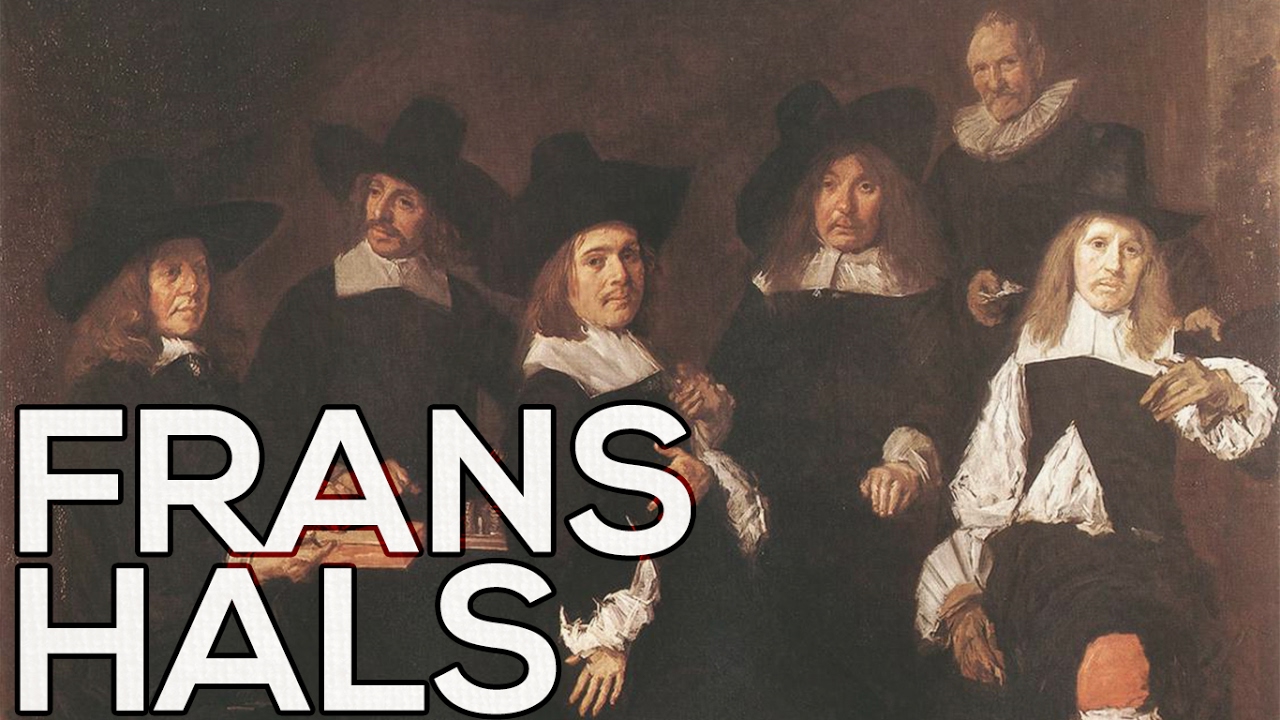
Robert Draws – Frans Hals Masterpieces have finally returned to their homeland after more than 100 years abroad. Two important paintings, Boy Playing the Violin and Girl Singing, are at the center of this cultural milestone. Private international collectors held these works far from the Netherlands for over a century. Experts dated the paintings to around 1628, during the artist’s prime. Some scholars believe Hals painted his own children in these portraits. Their return marks a major moment in Dutch cultural history. Two renowned Dutch institutions led the effort to acquire them. The Frans Hals Museum and Mauritshuis successfully purchased the artworks together. The institutions paid $7.8 million to complete the acquisition. The Dutch government and private foundations provided full funding support. Both museums now share ownership and exhibition rights of the paintings. The teams already finalized a detailed exhibition schedule.
The paintings will be rotated between Haarlem and The Hague. Museum Frans Hals will first host them starting mid-July this year. After the summer, they will move to Mauritshuis in the autumn. This rotation model allows wider public access throughout the Netherlands. Each museum will highlight a different aspect of Hals’ influence and style. Visitors will gain insight into Dutch Golden Age portraiture through these expressive works. The acquisition process took months of negotiations and expert consultations. A sense of cultural duty inspired the effort to bring the paintings home. One official described the project as a once-in-a-lifetime opportunity. Dutch citizens and international visitors will benefit from this cultural enrichment. The paintings were unveiled in a private press event in Haarlem last week. Reactions from art historians and critics have been overwhelmingly positive. The public exhibition is expected to draw large crowds.
“Read about: Messages from the West: A Visual Journey at Biji Art Space Ubud”
Frans Hals is celebrated for his vibrant and expressive brushwork. His ability to capture fleeting expressions set him apart in Dutch art history. These two portraits reflect his signature lively style and sharp characterization. They offer rare glimpses into domestic life in 17th-century Haarlem. The subjects, both young and joyful, contrast with more formal portraits of the era. Their realistic emotion and dynamic poses showcase Hals’ innovative approach. Some believe the children may be members of his own household. This idea adds a layer of intimacy to the already powerful imagery. The paintings were part of an undocumented private collection abroad for decades. Their rediscovery and acquisition have sparked renewed interest in Hals’ lesser-known works. These portraits stand as testament to the artist’s timeless appeal. Young viewers today can connect with their energy and spontaneity. The works are now part of Dutch public heritage, thanks to shared national effort.
Cultural officials emphasized the public value of returning these important artworks. Both museums consider this an investment in education. The government and donors provided full access support for all visitors. Museums developed art education programs to accompany the exhibition. Staff designed interactive tours for school groups and families. Visitors will explore both Hals’ work and the Dutch Golden Age. Museums will use advanced methods to protect the paintings. Curators are building a digital archive to document the artworks’ journey. Public interest keeps growing as the summer opening approaches. Fans have rushed to get tickets for the debut. Social media continues to boost interest worldwide through active engagement. Museums promote the event with hashtags and coordinated campaigns.
“Read more: National Garage Door Safety Month: Protect Your Home and Family”
With this acquisition, the Netherlands has reclaimed part of its artistic legacy. These portraits, long out of reach, are now national treasures. Their journey reflects a broader movement in art repatriation efforts. Museums across Europe are seeking to return works to their places of origin. Frans Hals’ art will now inspire new generations of artists and historians. Dutch museums aim to lead by example in cultural cooperation. The paintings will be presented as symbols of shared national identity. Their vibrant expressions now belong to the people once more.